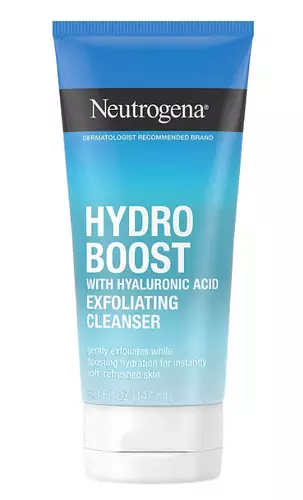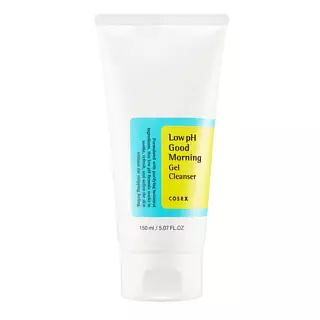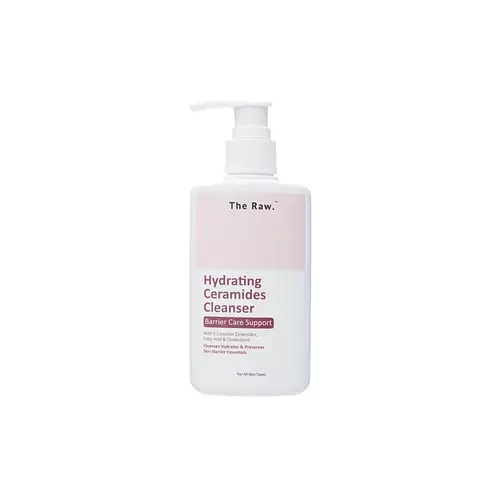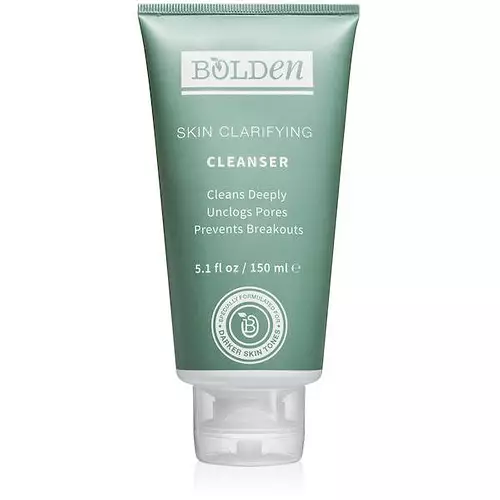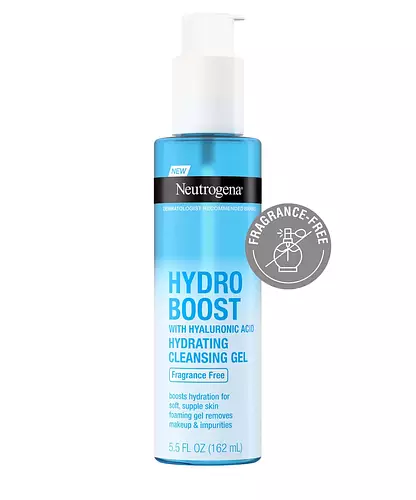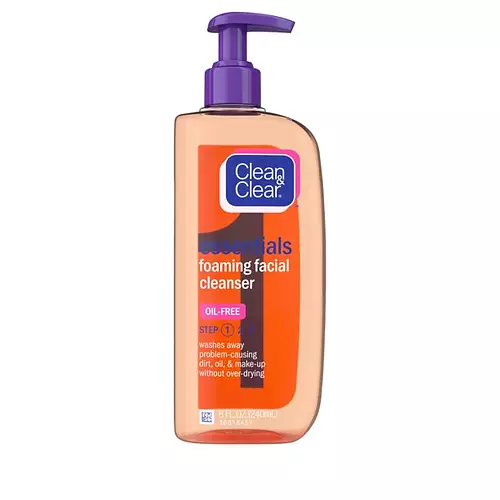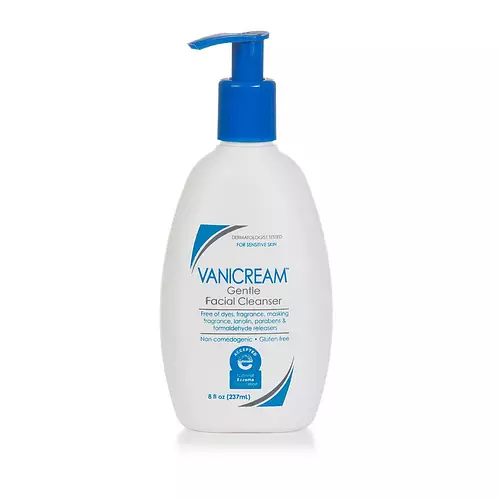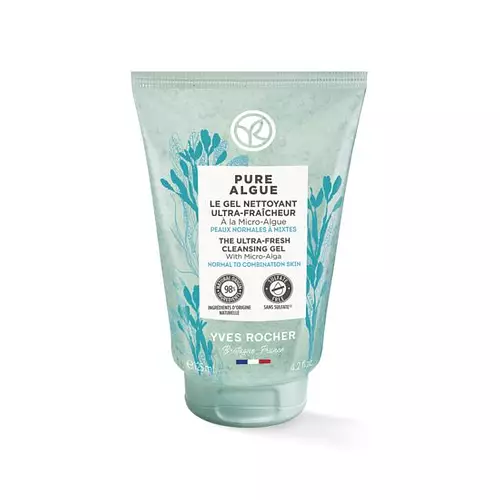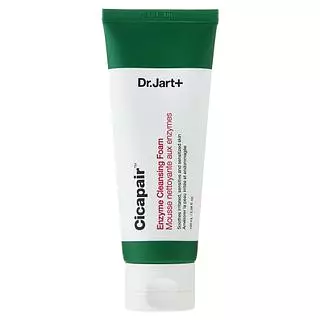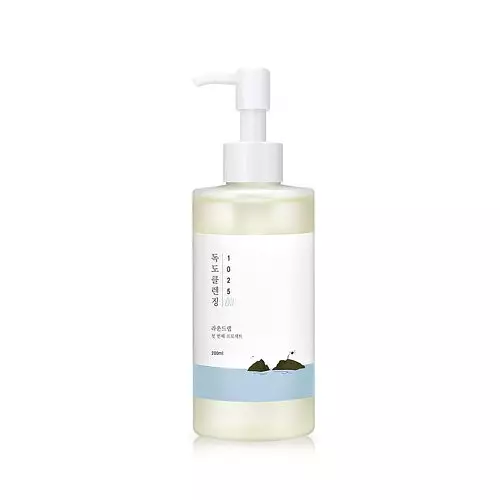Neutrogena Hydro Boost Daily Gel Cream Exfoliating Cleanser With Hyaluronic Acid Versus COSRX Low pH Good Morning Gel Cleanser
Updated on January 30, 2024
Overview
What they are
These products are both reef safe . They have a total of 5 ingredients in common
Suited For
They're both likely to be good for oily skin, reducing pores and scar healing
Free From
They both do not contain any harsh alcohols, common allergens, parabens, silicones or sulfates
What's Inside
They both contain fragrances
We independently verify ingredients, and our claims are backed by peer-reviewed research. Spot a product that needs an update? Let us know.
Ingredient Info
Neutrogena Hydro Boost Daily Gel Cream Exfoliating Cleanser With Hyaluronic Acid 17 ingredients
COSRX Low pH Good Morning Gel Cleanser 25 ingredients
At a glance
Click on any of the items below to learn more
Neutrogena Hydro Boost Daily Gel Cream Exfoliating Cleanser With Hyaluronic Acid 17 ingredients
COSRX Low pH Good Morning Gel Cleanser 25 ingredients
Notable Ingredients
This product contains 3 ingredients that may have this attribute:
This product contains 1 ingredient that may have this attribute:
Benefits
This product contains 1 ingredient that may have this attribute:
This product contains 1 ingredient that may have this attribute:
This product contains 3 ingredients that may have this attribute:
This product contains 3 ingredients that may have this attribute:
This product contains 2 ingredients that may have this attribute:
This product contains 2 ingredients that may have this attribute:
This product contains 3 ingredients that may have this attribute:
This product contains 4 ingredients that may have this attribute:
Concerns
This product contains 4 ingredients that may have this attribute:
This product contains 4 ingredients that may have this attribute:
This product contains 2 ingredients that may have this attribute:
Notable Ingredients
This product contains 1 ingredient that may have this attribute:
Benefits
This product contains 3 ingredients that may have this attribute:
This product contains 1 ingredient that may have this attribute:
This product contains 1 ingredient that may have this attribute:
This product contains 1 ingredient that may have this attribute:
This product contains 1 ingredient that may have this attribute:
Concerns
This product contains 1 ingredient that may have this attribute:
This product contains 1 ingredient that may have this attribute:
This product contains 2 ingredients that may have this attribute:
This product contains 1 ingredient that may have this attribute:
Ingredients Side-by-side
Ingredients Explained
These ingredients are found in both products.
Ingredients higher up in an ingredient list are typically present in a larger amount.
Water. It's the most common cosmetic ingredient of all. You'll usually see it at the top of ingredient lists, meaning that it makes up the largest part of the product.
So why is it so popular? Water most often acts as a solvent - this means that it helps dissolve other ingredients into the formulation.
You'll also recognize water as that liquid we all need to stay alive. If you see this, drink a glass of water. Stay hydrated!
Learn more about WaterPolysorbate 20 is made by combining ethoxylation of sorbitan, ethylene oxide, and lauric acid. It is a mild cleansing agent, surfactant, and emulsifier.
As a surfactant, it helps collect dirt and oils for washing. Emulsifiers prevent oils and water from separating.
Polysorbate 20 also adds scent to a product. Since it is made using sorbitol, it has a sweet scent. Sorbitol can also be found in fruits such as apples and peaches.
The lauric acid used to create Polysorbate 20 is often derived from coconuts.
Polysorbate 20 may not be fungal acne safe.
Learn more about Polysorbate 20Citric Acid is an AHA derived from citrus fruits (think oranges, lemons, and limes!).
As an AHA, Citric Acid removes the top layer of skin cells from the newer layer of skin underneath. This helps skin to remove dark spots and even out skin tone.
If you spot Citric Acid near the end of an ingredient list, it's likely there as a pH adjuster rather than an active ingredient.
Read more about some other popular AHA's here:
Learn more about Citric AcidSodium Benzoate is a preservative. It's used in both cosmetic and food products to inhibit the growth of mold and bacteria. It is typically produced synthetically.
Both the US FDA and EU Health Committee have approved the use of sodium benzoate. In the US, levels of 0.1% (of the total product) are allowed.
Sodium benzoate works as a preservative by inhibiting the growth of bacteria inside of cells. It prevents the cell from fermenting a type of sugar using an enzyme called phosphofructokinase.
Sodium Benzoate is the salt of benzoic acid. Foods containing sodium benzoate include soda, salad dressings, condiments, fruit juices, wines, and snack foods.
Studies for using ascorbic acid and sodium benzoate in cosmetics are lacking, especially in skincare routines with multiple steps.
We always recommend speaking with a professional, such as a dermatologist, if you have any concerns.
Learn more about Sodium BenzoateDisodium EDTA plays a role in making products more stable by aiding other preservatives.
It is a chelating agent, meaning it neutralizes metal ions that may be found in a product.
Disodium EDTA is a salt of edetic acid and is found to be safe in cosmetic ingredients.
Learn more about Disodium EDTAIngredient Ratings
Here's what our community thinks of the ingredients in these products.
When to use
Neutrogena Hydro Boost Daily Gel Cream Exfoliating Cleanser With Hyaluronic Acid 17 ingredients
COSRX Low pH Good Morning Gel Cleanser 25 ingredients


Reviews
Here's what our community thinks
Neutrogena Hydro Boost Daily Gel Cream Exfoliating Cleanser With Hyaluronic Acid 17 ingredients
ellalovesotters
good and hydrating exfoliator
i just recently picked up this product and have been using it for about a week. right off the bat it feels very...
good and hydrating exfoliator
i just recently picked up this product and have been using it for about a week. right off the bat it feels very hydrating and cleansing on my skin, even right after washing my face my skin feels very hydrated. it exfoliates very well while not being too harsh on the skin. i highly recommend this product, it's both super hydrating and affordable
COSRX Low pH Good Morning Gel Cleanser 25 ingredients
katrina1
works great on my oily skin, cleanses while not being stripping, so it doesn’t leave my skin feeling tight. 10/10 :)
Roseblushbliss
You will find better things out there.
This wasn’t completely destructive to my skin back in my late teens (dehydrated oily-combo skin with...
You will find better things out there.
This wasn’t completely destructive to my skin back in my late teens (dehydrated oily-combo skin with hormonal acne I assume) but there’s a reason why I only aimed to finish my tube of this. Doesn’t cleanse very deeply so I felt I needed to use more product (I was oily, sweaty, and in a very place with very polluted air), and tends to leave me more dry after use. I think I remember it being mildly stinging and irritating, leaving my skin feel more raw afterwards rather than just refreshed and clean. May have also left a residue after washing.
Just, please look for something else. You can find something better, even for a lower price point.
